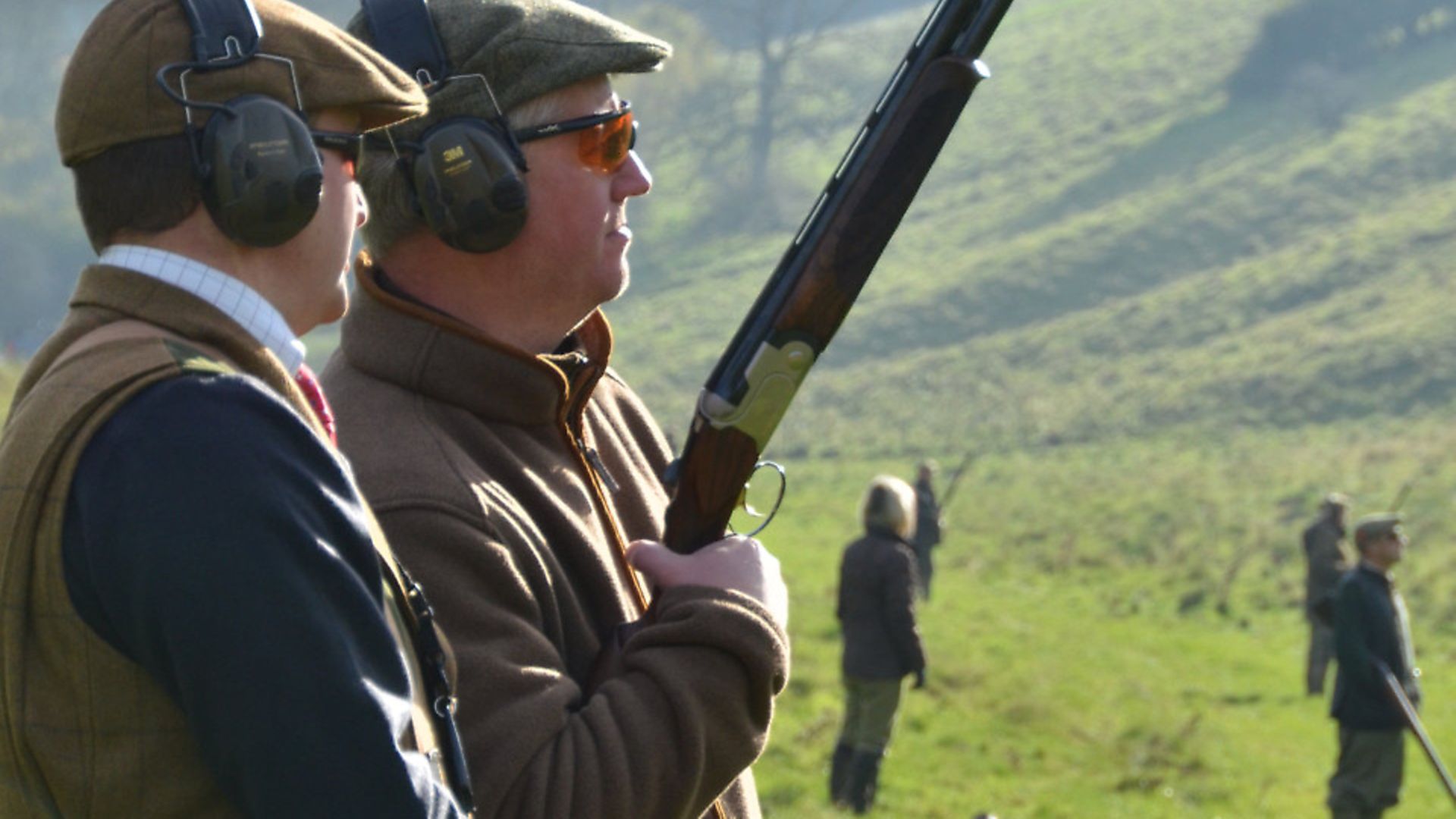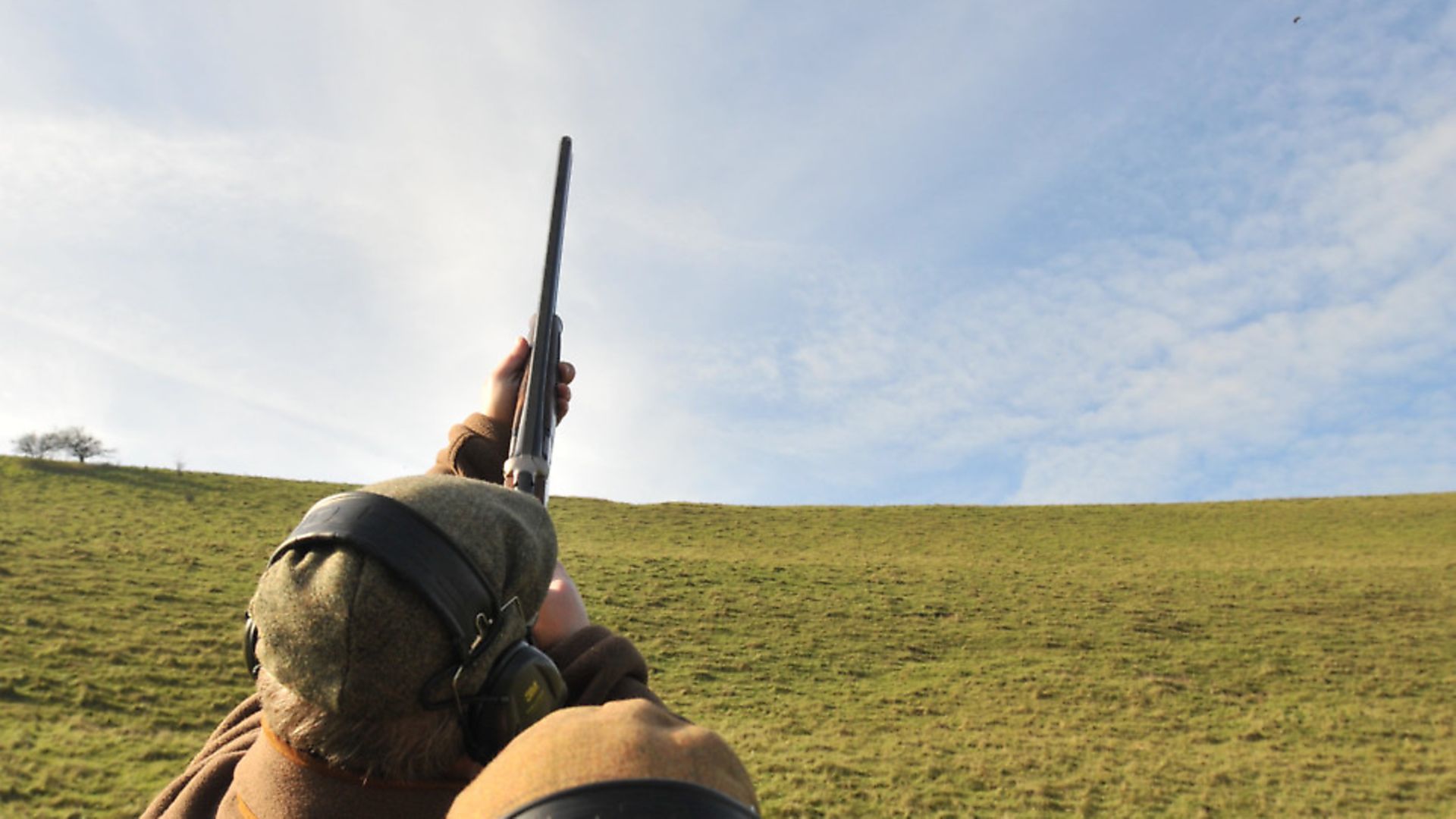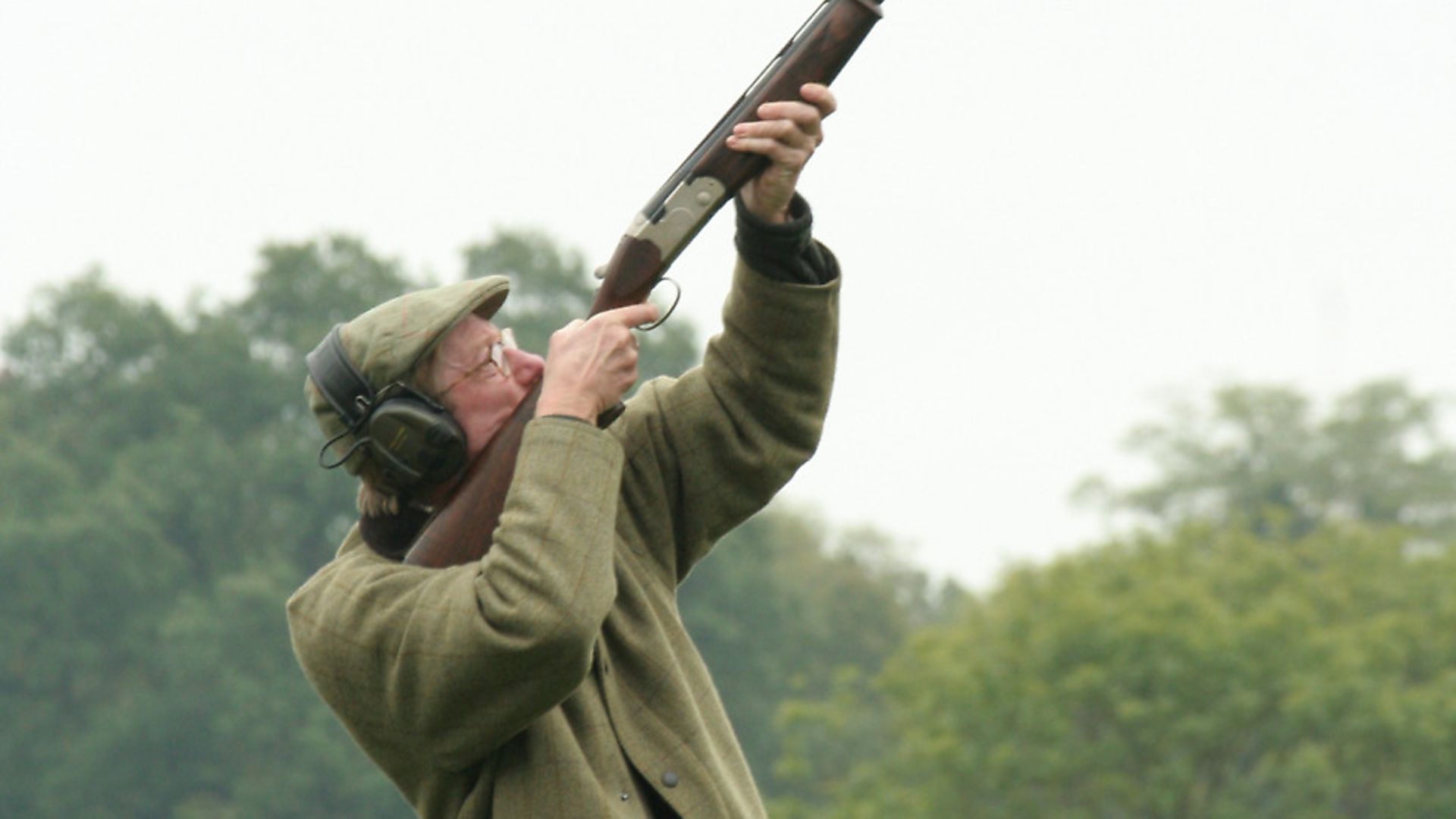There are plenty of useful clay shooting techniques that can help you prepare yourself for the game season. Don Brunt outlines a few tips and tricks
 credit: Archant
credit: Archant
Watch a good clay shot and chances are the first thing that you will notice is that they make it look annoyingly easy. There is no rush, and their muzzles seem to move in slow motion. That’s because they know exactly where they are going to take the shot – it’s been meticulously planned. They know where their gun is going to start and where it’s going to finish. Therefore, they have no need to swing their gun about like a Zorro impersonator.
It’s important to consider that fast swinging movements of the barrels deprive the operator of control. Once a gun is moving quickly, it’s not an easy job to slow it down or change its direction. The number of game birds missed in front due to overly energetic muzzle movement is far higher than many imagine. “You’re behind it” is an overused phrase which can just encourage people to miss further and further in front.
When it comes to standing awaiting the action, it’s prudent to stand with the barrels pointing skywards. It’s comfortable enough to rest the stock on your hip and, unlike the traditional game shooting ‘gun over the forearm’ stance, it means that there’s never any doubt as to whether the muzzles will point anywhere they shouldn’t on their way to the mount.
Once the birds have started moving, it’s easy enough to bring the gun to a slightly more ‘ready’ position, without the gun being as close to the shoulder as it might when calling for a clay. The stock can still be close to your hip, but now the muzzles are a little lower (although still pointing safely over the horizon at all times).
When you have selected a bird that has committed itself to a flight path, then it’s time to move your feet. We do this to make sure that we don’t run out of swing, which is surprisingly easy to do and which causes a huge percentage of missed shots in the field.
It is only at this point that we think about actually shouldering the gun. This should be done in a calm, controlled manner, ideally mounting as we start the muzzles moving towards the bird. Don’t be tempted to mount it and then start the move – both should happen at the same time.
 credit: Archant
credit: Archant
Time to plan
At this point, you might be saying: but you can’t shoot a pheasant like a clay. Well, actually, on the majority of shots that a game shooter is presented with, you definitely can. Most driven birds are seen in excess of 100 yards away from the peg, which means that you have a very long time indeed to come up with a plan. Too many people deprive themselves of that planning stage by putting their gun up to the bird as soon as they see it, even though it may be well out of shot at this point.
Once the gun is on the bird for such a long time, it becomes difficult to avoid looking back at the gun, at which point the chances of a successful shot are slim. Instead, think of where in the sky you intend to take the shot and where you intend to start the gun from. If you are a ‘swing through’ shooter, then obviously that will be behind the bird, while a ‘pull away’ shot mounts on the beak and a ‘maintained lead’ shooter will mount to the desired gap.
Snapshooting in woodland rides is an altogether different proposition, but again there are key skills that can help you to prepare. Keeping your eyes low beneath the tops of the trees and trying to focus through them into the distance can often allow you to catch a glimpse of the bird long before it gets to you. A pair of electronic ear defenders that amplify sound while blocking out gunshots can be a useful ally that give you an advantage in this situation.
If you aren’t able to get any prior warning of the birds, it’s even more vital to wait with your muzzles up. Also, you need to be prepared to take a step and turn left or right if you need to engage a crossing bird. Taking a second to look at where you are standing will give you the confidence to know whether you can move safely while keeping your eyes skyward.
The traditional ‘perfect’ shot on game is one that is taken out in front with the bird landing at the shooter’s feet, but this is far from practical when it comes to woodland shooting. Instead, give yourself extra time on the bird by turning to take it as a crosser. n
 credit: Archant
credit: Archant